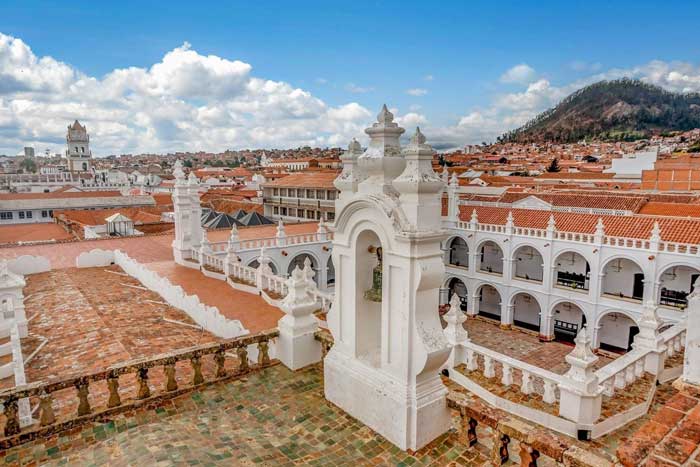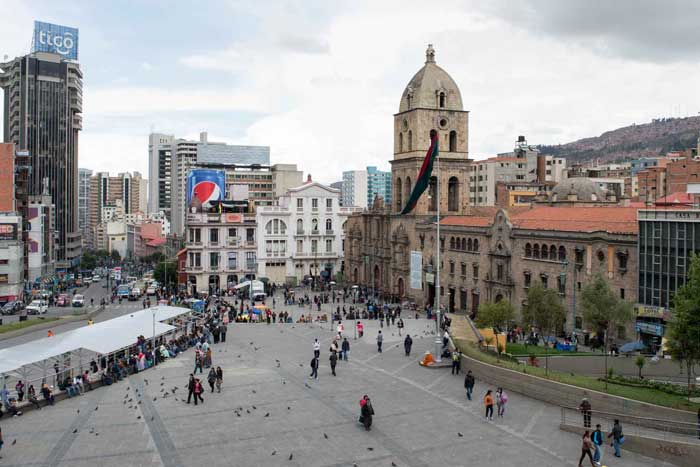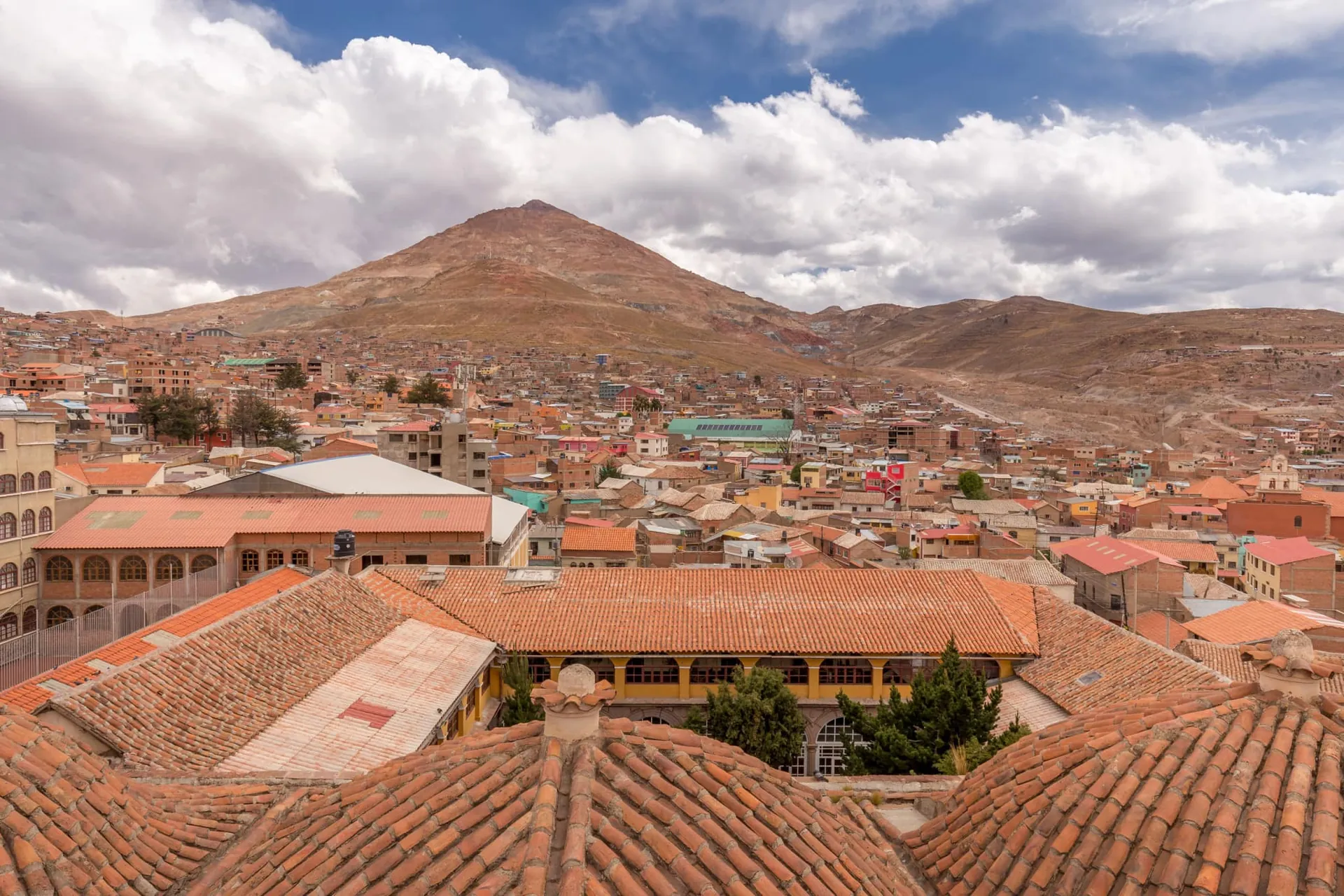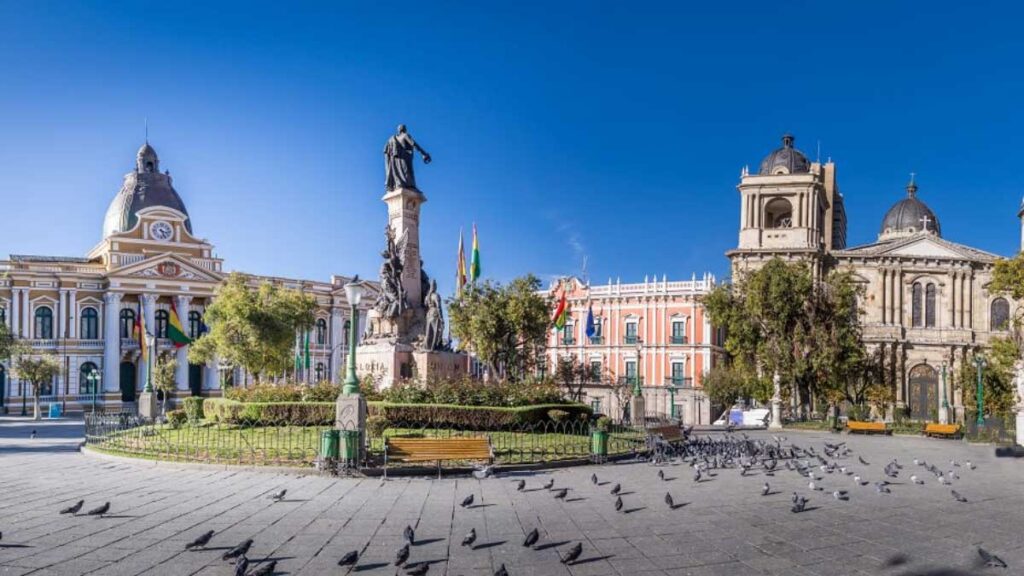Dreaming of an adventure that combines breathtaking landscapes, rich culture, and unforgettable experiences? A two-week itinerary in Bolivia might just be what you’re looking for. Nestled in the heart of South America, Bolivia offers a world of stunning natural wonders and vibrant cities that promise to captivate your senses. From the surreal salt flats of Salar de Uyuni to the bustling streets of La Paz, this diverse country has something for every traveler.
Key Takeaways
- Diverse Exploration in Bolivia: A two-week itinerary in Bolivia provides an excellent mix of stunning landscapes, rich cultural experiences, and vibrant city life, offering unique attractions for every traveler.
- La Paz Adventures: Discover the blend of traditional and modern elements in the world’s highest capital, with highlights including historic sites, the Witches Market, and breathtaking views from Mirador Killi Killi.
- Andean Highlands & Beyond: Experience unforgettable natural wonders like the Uyuni Salt Flats, Lake Titicaca, and Valle de la Luna, alongside historical sites such as Tiwanaku and the silver mines of Potosí.
- Cultural Immersion in Santa Cruz: Explore Bolivia’s largest city with its tropical climate and vibrant local markets, and venture into the national parks for wildlife spotting and scenic beauty.
- Historical Sites & Relaxation: Unwind in the serene environments of Samaipata and Vallegrande, featuring prehistoric rock paintings and the lush Yungas Region, perfect for nature lovers seeking tranquility.
Discovering La Paz
When you arrive in La Paz, you’ll find yourself in a city unlike any other. Nestled in a bowl-shaped valley surrounded by snow-capped mountains, La Paz offers an exciting blend of tradition and modernity. It’s the world’s highest capital city, so be sure to take it easy on your first day while you acclimate to the altitude.
Exploring the City’s Historical Sites
Walk down Calle Jaén, a picturesque street filled with well-preserved colonial buildings that narrate the tale of La Paz’s rich past. The cobblestone street is home to several museums, each offering unique insights into Bolivia’s history and culture. The Plaza Murillo is the beating heart of the city, where you can admire both the Cathedral of La Paz and the grand Government Palace. Don’t miss the San Francisco Basilica and Square, where the blend of indigenous and Spanish architecture tells stories of the city’s religious and cultural journey.

Admiring the View from Mirador Killi Killi
For breathtaking panoramic views of La Paz, head to Mirador Killi Killi. This viewpoint offers a stunning perspective of the sprawling cityscape and surrounding mountains. Visit at sunset for a truly magical experience as the sky paints itself in hues of orange and pink. It’s a photographer’s paradise and a great place to appreciate the vastness and beauty of La Paz.
Visiting the Witches Market
Immerse yourself in the mystical atmosphere of the Witches Market, a unique and vibrant spot where you can explore Bolivia’s traditional superstitions and rituals. You’ll find herbs, amulets, and other items used in local Aymara rituals. Talk to the vendors to learn about their traditional practices and maybe even pick up a souvenir that captures the essence of this captivating part of Bolivian culture.
With an open mind and an adventurous spirit, La Paz is sure to leave you with unforgettable memories and a deeper understanding of Bolivian life and culture.
Venturing into the Andean Highlands
Begin on an unforgettable journey in the Andean Highlands, where Bolivia’s vibrant culture and breathtaking landscapes converge. Discover this unique region, starting with La Paz and venturing through historical sites and natural wonders.
La Paz: Gateway to the Highlands
La Paz, perched at 11,975 feet, serves as your entry point. Wrap yourself in the city’s pulsating energy, where past and present blend seamlessly. Visit the Witches’ Market for traditional artifacts, or explore San Francisco Basilica’s stunning architecture. Don’t miss riding Mi Teleférico, the world’s longest urban cable car network, offering panoramic views of the bustling metropolis below.

Valle de la Luna (Moon Valley)
Just an hour from La Paz, Valle de la Luna takes you to another planet. Marvel at intricate clay and sandstone formations, sculpted over thousands of years. Ideal for a half-day excursion, the area promises captivating photographs and an up-close experience with Bolivia’s unique geology.
Day Trip to Tiwanaku
Journey to Tiwanaku, a UNESCO World Heritage site rich in history. Explore ancient ruins reflecting the ingenuity of pre-Columbian society. Walk through the massive Akapana Pyramid and the imposing Kalasasaya temple. Visitors from around the world have long marveled at the Gate of the Sun, intricately carved with enigmatic symbols.
Exploring Lake Titicaca and Isla del Sol
Lake Titicaca, shared by Bolivia and Peru, is the world’s highest navigable lake. The serene waters mirror the azure sky, offering a meditative escape. Start at Copacabana, a charming lakeside town; then journey by boat to Isla del Sol’s ancient Inca terraces and mysterious ruins. Spend time on hiking trails that reveal stunning vistas at every turn.
Accommodations in the Andean Highlands
Discover a range of options, from rustic lodges to comfortable inns, offering a genuine taste of local hospitality without very costly.
| Name | Location | Price Range | Features |
|---|---|---|---|
| Hotel Rosario | La Paz | $$ | Historic charm, central location |
| Ecolodge La Estancia | Isla del Sol | $$$ | Eco-friendly, panoramic views |
| Hostal Tiawanaku | Tiwanaku | $ | Proximity to ruins, budget-friendly |
Dining Highlights
Savor the traditional flavors of Bolivia, with hearty meals enriched by Andean ingredients: try “salteñas” (savory pastries) or “pique a lo macho” (spiced beef). Many local eateries offer delicious vegetarian options, emphasizing sustainability and fresh produce.
Transportation & Practical Tips
Efficient transit like Mi Teleférico in La Paz helps you navigate vast areas quickly. Public buses and taxis are affordable, but adapt to variable schedules. Always acclimate to high altitudes by staying hydrated and taking it easy. Embrace the region’s temperate climate; pack layers for the cooler evenings.
Begin on this Andean Highland adventure and witness Bolivia’s rich world of culture and nature. This unique experience promises to enrich your understanding and appreciation of this vibrant part of the world.
Experiencing Uyuni Salt Flats

